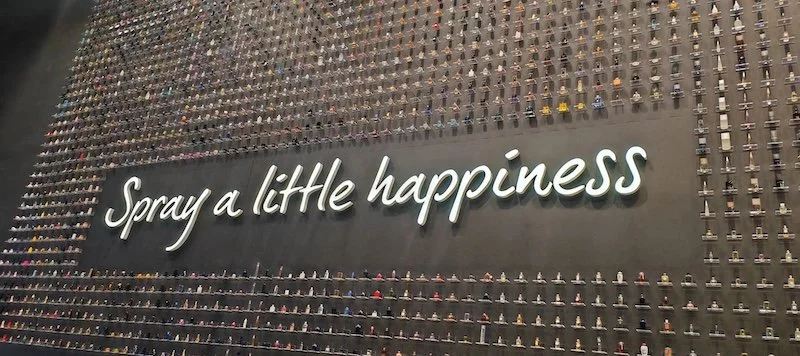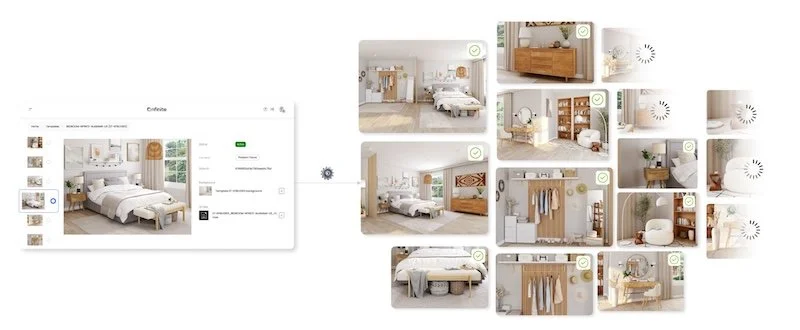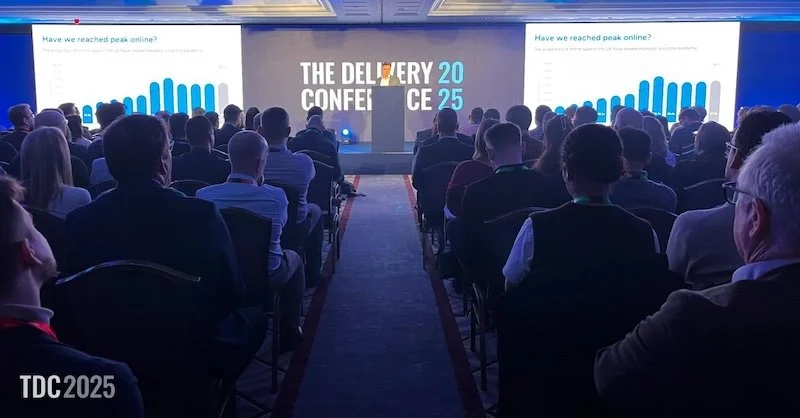Retail technology startup stories interview: Adib Zaher, CEO and Co-founder at Vree AI
RTIH gets the lowdown on VRee AI, a startup working in the areas of computer vision and AI, allowing users to generate 3D models from 2D images, with links integrated for virtual try on capabilities.
RTIH: Tell us about yourself and VRee AI
AZ: I have extensive experience in entrepreneurship, marketing, and sales. Before starting Vree AI, I co-founded and managed a successful startup in the Middle East, which I later sold to a prominent regional player.
I also worked in various other positions, where I gained experience in managing sales and marketing teams across different countries. My passion for entrepreneurship, combined with my experience in sales and marketing, makes me a valuable asset to Vree AI.
Firas Shama, the other co-founder of Vree AI, has a background in computer science and software engineering. Firas has a B.Sc. and M.Sc in Electrical Engineering from the Technion Institute in Israel, has worked on computer vision and been an AI Engineer at Intel and after that was a Research Engineer at Huawei.
His expertise in image processing, computer vision and deep learning has enabled him to be at the forefront of 3D technologies. Firas's expertise in AI and software development is critical to the success of our products.
Our technology has gained recognition from the Israeli Innovation Authority, receiving a $650k grant for its innovative and competitive approach to generating 3D models at scale. By leveraging deep learning algorithms, the technology currently focuses on eyewear products and can generate 3D models for e-commerce use from just two images.
These models are then integrated with a virtual try-on solution, allowing customers to virtually try on eyewear and see how they look from different angles. This technology provides businesses with a cost-effective and efficient tool, eliminating the need for 3rd party professionals, product samples, and reducing the costs of creating 3D models.
By doing so, logistical issues associated with shipping products by mail are also avoided, ensuring a positive ROI that saves businesses tens of thousands of dollars, ultimately helping them capitalise on AR shopping trends.
VRee AI is proud of what it has accomplished so far and continues to push forward with innovative solutions that offer value and benefits to the industry.
RTIH: What was the inspiration behind setting the company up?
AZ: The inspiration behind setting up Vree AI came from the co-founders' shared passion for AR and VR technology, as well as the impact of Covid-19 on the e-commerce industry. Myself and Firas had been friends for a long time and had always been fascinated by the potential of these emerging technologies.
When the pandemic hit and forced many businesses to pivot to e-commerce, we saw an opportunity to use our expertise to help companies succeed in the new normal. We also took note of the market trends being led by companies like Snapchat, which were exploring new ways to incorporate AR technology into shopping experiences.
We realised that AR could provide a solution to the challenges of online shopping, particularly the difficulty of visualising products before purchase. During our research, we discovered that generating high quality 3D models for e-commerce was a major pain point for the industry.
We saw that this was an opportunity to use our expertise in AI and machine learning to create a platform that could automatically generate 3D models at a low cost and with minimal effort. This realisation led to the creation of Vree AI.
RTIH: What has been the industry reaction thus far?
AZ: The initial results of our technology were incredibly encouraging, and I was blown away by the high quality 3D models that could be generated with such little effort in just a few seconds.
As the team continued to improve the platform, the results became even more impressive. We knew that we something special, so decided to start promoting our product. A week later, I traveled to Milan to attend MIDO Milano 2023, the biggest exhibition for eyewear in the world.
There, I presented Vree AI's technology to industry leaders and businesses, and the response was overwhelmingly positive. I returned from the conference with multiple partnership and business inquiries, which served as the ultimate validation that we had a winning product.
These inquiries propelled Vree AI to continue to innovate and develop our technology to help businesses thrive in the ever changing world of e-commerce.
RTIH: What has been your biggest challenge/setback?
AZ: While Vree AI's technology has shown incredible promise in generating high quality 3D models at a fraction of the cost and effort of manual methods, there are still some limitations that the company is actively working to overcome.
One of the biggest challenges we have faced is managing the expectations of our first users and clients. Some users have been disappointed when the results of Vree AI's technology haven't matched the quality of 3D models created manually with high costs and many hours of work.
Another challenge is ensuring that the input provided is precise, as any inconsistencies can lead to unsatisfactory results. These challenges are not uncommon in the early stages of developing a new technology, but VRee AI is committed to addressing them.
We understand that market education and improving the user experience will take time and effort, but we are confident that these efforts will have a positive impact on our users' experiences and lead to continued growth and success for the company.
RTIH: What are the biggest challenges facing the omnichannel retail sector right now?
AZ: VRee AI is building a technology that is deeply integrated in the omnichannel retail sector.
What we see from the market is that integration of multiple channels (physical stores, online stores, mobile apps, social media, etc.) to create a seamless shopping experience for customers is one big challenge that is taking a toll on small and medium businesses mainly who lake the resources and budgets to risk on spending on the wrong channels.
After all, no one wants negative ROI, especially if you have limited resources. What we are trying to do at VRee AI is to help SMBs eliminate some of the risk involved by reducing the cost and minimising the risk of high costs if the business decides to explore the AR shopping channel which is becoming an essential channel.
RTIH: What's the best question about your company or the market asked of you recently by a.) an investor and b.) a customer?
AZ: Here's a question that investors keep asking: is the market big enough? Can the company grow to multi-million dollars in sales?".
Well, no one really knows what the future holds for VRee AI, but we know that AR shopping is growing rapidly. AR spending is projected to increase from $1.89 billion in 2021 to almost $5.82 billion by 2026.
Additionally, the virtual try-on market for eyewear, footwear, and watches was valued at $5 billion in 2019 and is expected to reach almost $30 billion by 2027, with a CAGR of 25%.
So, the market is there. It's a question of how the company performs in the coming years. We are optimistic about what we have accomplished so far.
A question that customers keep asking is how much it costs to use VRee, and our answer has always astonished those who thought it would cost much more.
Our business model is based on usage, and we offer several packages to meet each client's needs. It can start by generating a single 3D model with a cost of several US dollars, to buying a monthly/yearly plan where the 3D model cost would be significantly reduced. In some packages, clients can even get these 3D models for free and pay only for 3D models based on views.
RTIH: What can we expect to see from VRee AI during 2023?
AZ: VRee AI is committed to continuous improvement and optimisation of its technology to produce even more realistic 3D models for eyewear, leading to better results and higher success rates.
The company's expansion plans include the exploration of new verticals and products that are essential for businesses that have already adopted AR shopping as part of their omnichannel strategy.
The team is always growing and actively seeking out talented individuals to contribute to the company's growth, whether it be through the development of better technology or the generation of new business opportunities to open up new markets.
We’re excited about the remainder of 2023, with expectations of securing new clients and partnerships, and expanding into new verticals to provide even better solutions for the sector.















Continue reading…